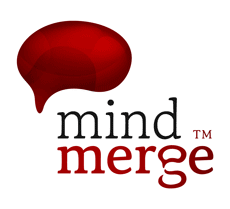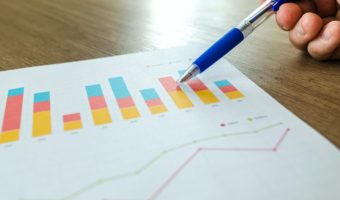Analytical Skills
About This Course
Analytical skills are critical in the workplace because they help to gather information, articulate, visualize and solve complex problems and take effective decisions. In the competitive forum the focus is shifting towards analytical thinking and people’s capability to effectively solve issues that are complex in nature. Analytical skills are becoming a necessity in every job role for every single employee. In today’s Lean, flat organization, it is everyone’s job to effectively solve problems. thought analytical thinking is viewed as common, it is not necessarily innate and requires some training to be effective. this makes analytical thinking training essential for employee and organizational flourishment.
Learning objectives:
1. Apply techniques to information to help determine what is relevant.
2. put information into a form that can be analyzed.
3. analyze information in order to identify the “best” opportunity for your business, and explain your reasoning.
4. recognize patterns, and discern what they can mean for your business
5. identify a framework as the basis for creating presentations that use information you’ve derived from your analysis.
Analytical Skills for the business professional:
1. Identify core analytical skills commonly used by business professionals
2. Describe some of the challenges business professionals face in collecting, evaluating, and recommendations.
3. identify the basic steps in the analytical process.
The plan Phase:
1. Identify the purpose of the analysis.
2. Use a tool for clarifying questions
3. Decide on an approach for completing an analysis
4. discuss the importance of considering the needs of your audience when developing your plan.
5. Create a data collection plan.
The Analyze Plan:
1. Use an outline to organize data for analysis
2. aggregate unstructured data into segments based on common characteristics that define them
3. organize data via graphic tools
4. assess the potential risk associated with an analysis
5. use an outline to evaluate data and deal with information gaps.
The Conclude Phase:
1. Describe the characteristics of valid conclusions
2. explain how to get from conclusions to recommendations
3. Develop recommendations that can be used in a presentation.
Telling your story:
1. Discuss tools, Tips, and techniques for presenting your findings/ Telling your story to multiple audiences
2. create and deliver a brief presentation highlighting your conclusions and recommendations.
Learning Objectives
Requirements
- No prerequisite required
Target Audience
- Managers






